I bought this at a gem show in Creede CO. I love the handmade 14k setting, and the opal (I was told from Australia) has amazing flash of color in most light sources and some neat patterns. The setting has an open back with a protecting bar across it, and the back of the stone shows a brownish-grayish color but is clearly the same stone.
My questions is, would this be called a black opal or a white opal?
Thank you for helping me.
-Robyn

My questions is, would this be called a black opal or a white opal?
Thank you for helping me.
-Robyn




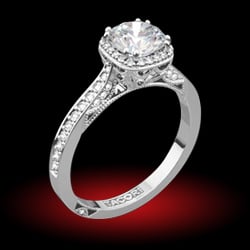
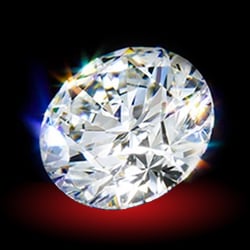
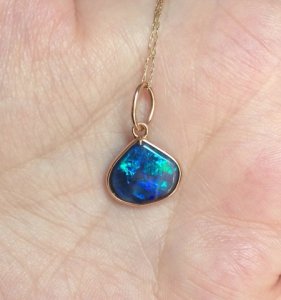
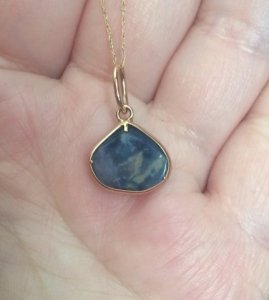

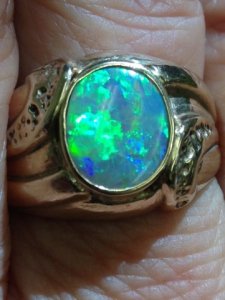



300x240.png)